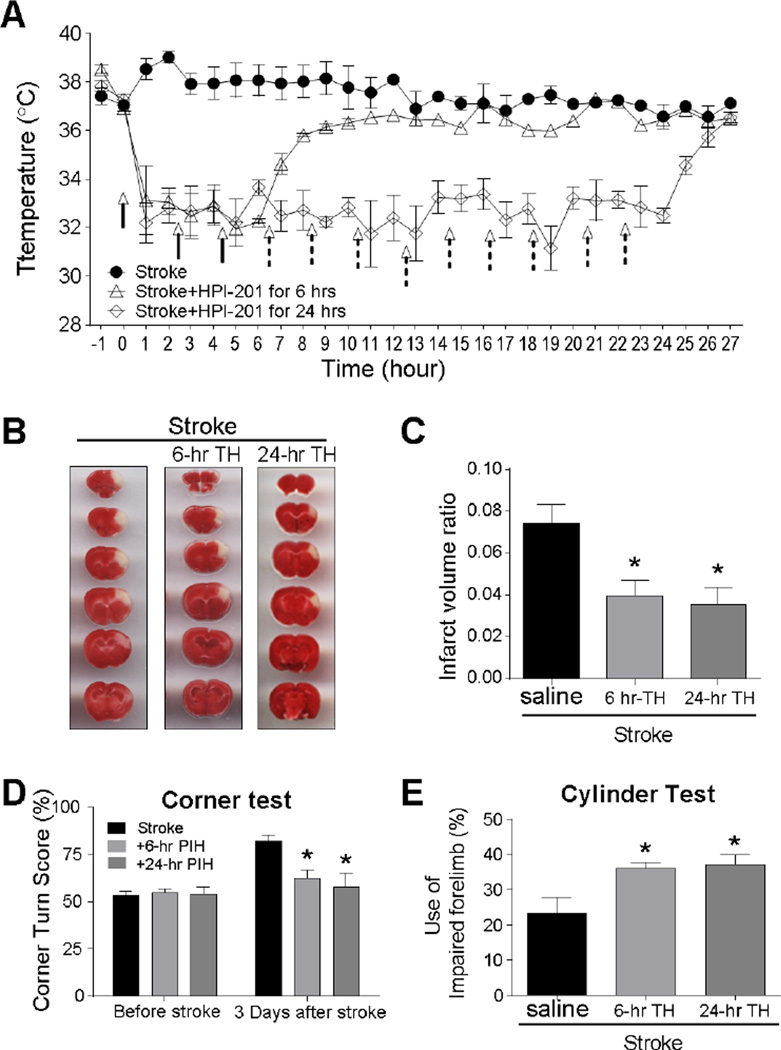Figure 1. Neuroprotection induced by 6-hr and 24-hr pharmacological TH in stroke mice.
The hypothermic effect of the NTR1 agonist HPI-201 in stroke mice. A. HPI-201 treatment (2 mg/kg, i.p.) or saline control was started 30 min after the onset of ischemia. The body temperature was monitored using a rectal probe, showing induced cooling from 37°C to 33°C in around 30 min. The cooling effect was maintained for 6 or 24 hr by additional injections (arrows with solid or dotted lines for 6 and 24 hr treatments, respectively). After the last injection, the body temperature gradually returned to normal level. * P<0.05 vs. stroke group; n=6–12 per group. B. TTC staining of brain sections at 3 days after stroke. Representative images show brain sections from saline, HPI-201-treated for 6 hr (6-hr TH), and HPI-201-treated for 24 hr (24-hr TH) after stroke. C. The bar graph summarizes the infarct volume ratio in stroke mice of different groups. Both HPI-201-treated groups with 6 or 24 hr cooling showed significant reduction in the infarct volume. * P<0.05 vs. stroke controls; n=6–12 per group. There was no significant difference between 6 and 24 hr groups. D and E. Corner and cylinder tests were performed 3 days after stroke to compare functional benefits induced by 6 and 24 hr hypothermia. The corner test revealed a bias in the turning direction of stroke animals. Normal animal makes equal left and right turns (50% score in the test). After stroke, animal more likely turned to using the damaged brain side (right side in this study), and the HPI-201 treatment largely prevented this abnormal behavior. In the cylinder test, the increased score illustrated increased use of the affected limb. There were no significant differences between the TH treatment of 6 and 24 hrs. * P<0.05 vs. stroke group; n=6–8 per group.

